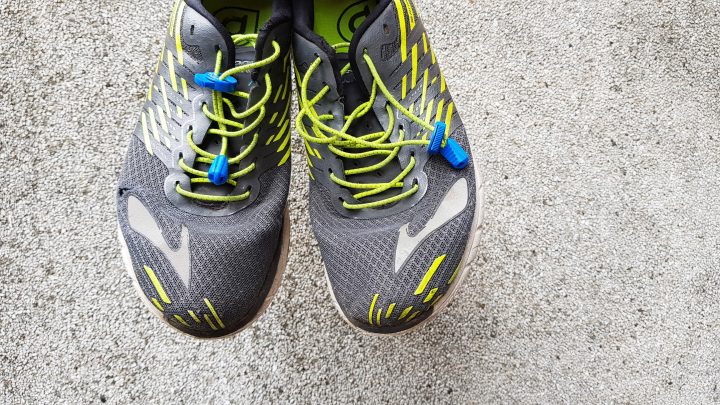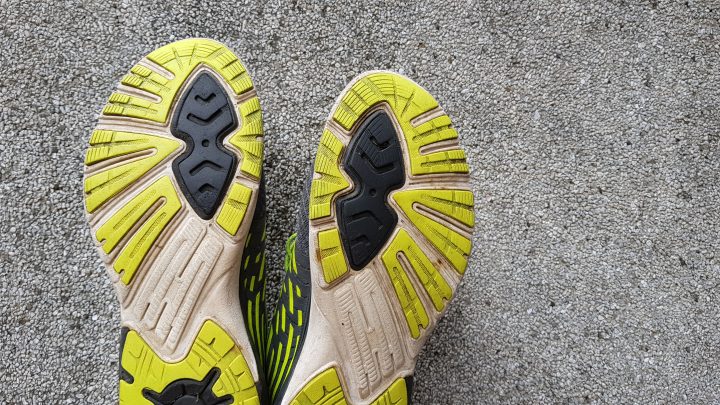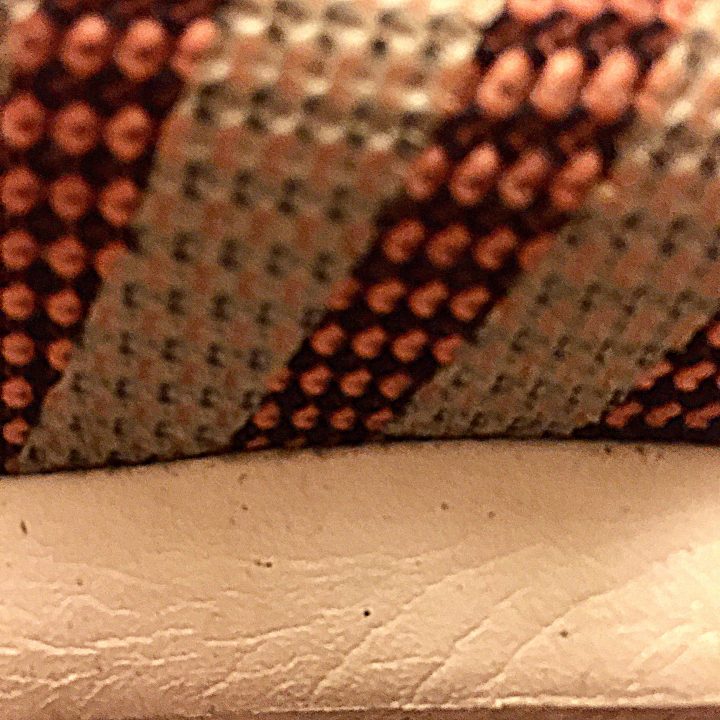
A pair of good running shoes is the most important investment for every runner. Your chosen pair will be the primary protection of your feet, knees, ankles, and joints as you run kilometer after kilometer. But a good pair of running shoes doesn’t come cheap.
That’s why some runners developed a habit of running in their good old trusted pair so long as “pwede pa namang masuot” and this could possibly be the cause of injuries.
Repetitive running (and walking) will naturally cause any running shoes (no matter how expensive they may be) to lose its shock absorption, cushioning, and stability. So the question now is just when do you know that it’s time to replace your running shoes already?
1. Check the Mileage
One measure of knowing whether or not you need to replace your shoes is the total mileage or distance your shoes have already traveled. As a general rule, shoes that have mileage of 300 to 500 miles (approximately 500 to 800 kilometers) is in need of replacing.
The usual technique to estimate the mileage of your shoes is to note the date of purchase and use training logs to keep track of the miles you’ve run in them. Running apps like Strava, Endomondo, Runkeeper, and other apps can help you keep track your mileage log.
However, the mileage range of 500-800 kilometers miles is quite large and depends heavily on several factors. For example, smaller and lighter runners will most likely fall on the upper end of the mileage range, while heavier built runners might need to change their shoes some time soon after they hit the 500 km mark. Thus, it’s important to note the next signs as well:

2. Check if the Outer Sole is Worn Out
The outer sole is the part of the shoe that directly comes contact with the ground. Think of your shoes as tires that gets worn out when you run especially on rough roads and trails. If the outsole is worn out already and/or shows the white midsole, you definitely need new shoes.

3. Check for Creases in the Midsole
The midsole, or the white rubbery part in the middle of your shoes, provides the cushioning and responsiveness in your shoes. As you run, the midsole compresses and decompresses repeatedly to protect you from the shock of every step. This repeated action of absorbing and returning energy causes the midsole to sooner or later collapse. Presence of creases in the midsole indicates that this area is too soft already and will easily collapse under the pressure of your running strikes.
4. Listen to your Body
Being matipid is almost always a good thing but never when it’s your own health at stake. That’s why it’s important to listen to your body. Your shoes may still look decent even after a year or more of running but does it still provide cushioning to protect your feet, joints, and ankles?
The number one tell-tale that you need to replace your running shoes is when you start feeling pain and aches on your knees, feet, and ankles while running on old shoes. This is your body’s way of telling you that you need new shoes.
If you’re still not sure if you need to replace your running shoes, you can opt to go to running specialty stores like Runnr store while wearing your current running shoes. Try to walk and just generally feel the difference of your current shoes as compared to some brand new running shoes like the Brooks to test if the difference is severe or not noticeable at all. If the difference is too obvious, you probably need new shoes.
Sources: Competitor | Verywell






